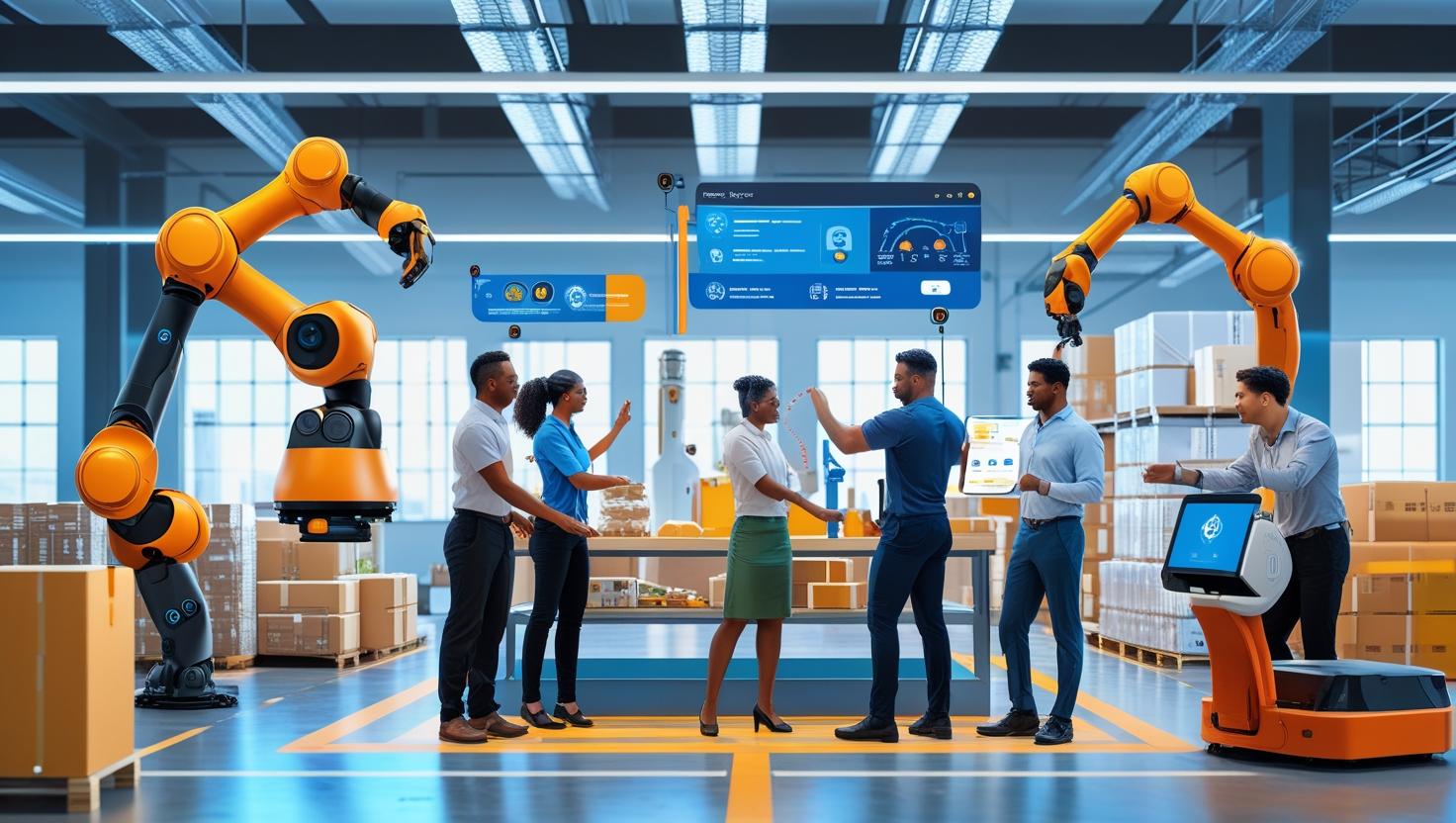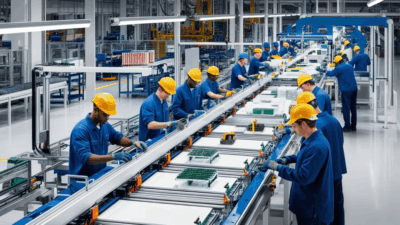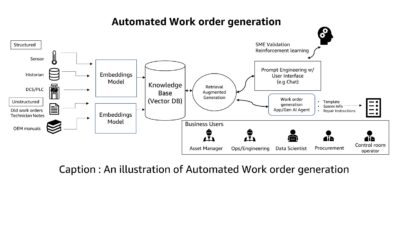Artificial intelligence (AI) is transforming the supply chain. Companies are automating mundane tasks, but what does the future look like?

Artificial intelligence (AI) has reshaped the ways in which a lot of business is done, from organizing your daily tasks to offering big-picture corporate decisions with the click of a button.
Enterprise Resource Planning (ERP) software is one way manufacturers and companies across the supply chain are automating tasks and training workers.
Arturo Buzzalino, chief innovation officer with Epicor, said the company’s new agentic AI, Prism AI, was created with manufacturers, distributors and supply chain organizations in mind.
“The beauty about what Epicor does and has been doing for decades is we, as an ERP company, the core of our customers are distributors, manufacturers and retailers in the mid-market, so basically most of the supply chain is in our space or our customer profile,” Buzzalino told Plant Engineering in an exclusive interview. “So, what we like to say is Prism is the agentic network for making a runthrough of some specific functions.”
The AI allows manufacturers to automate otherwise manual or tedious tasks. It also has functions for automatically pulling documentation and for training new workers.
Making the manual automatic
Customers helped build the agentic AI, Buzzalino said. Beta customers worked with Epicor’s engineers to troubleshoot specific challenges they face in their day-to-day work.
“One example would be just making the ERP conversational and saying, ‘Hey, can you run this part I shipped last Tuesday,’ or ‘did I ship it,’ so things like that where you can run a query,” Buzzalino said.
Otherwise, companies would have to ask someone or manually locate orders, open an IT ticket or access a dashboard that a worker might not know how to operate.
“The core is called the knowledge agent, and as part of Prism, the knowledge agent basically has access to all of our user training and so you can basically ask it how to do anything in the system,” he said. “You could say, ‘Hey, how do I take this action inside of the ERP,’ or ‘How do I kick off an MRP [Material Requirements Planning] run.’ Whatever it is, it’ll tell you and explain it to you in a way you can understand, and it also references the documents that you can go to.”
Pulling it together with ECM
Prism AI also has an Enterprise Content Management system that will help workers understand what’s in those documents.
“Sometimes it’s thousands of pages,” Buzzalino noted. “So, it’s like having superpowers because now you can answer things that maybe before you had to go digging for or find the expert in the company.”
The ECM also has practical functionality for training purposes, because documented processes are readily available for new hires who need easy access to them.
“I think something that’s core in our mission is we always say we’re empowering the worker and keeping the human in the middle,” he said. “We want to take the repetitive and mundane off of the human so that people can focus on what they’re good at, which is creativity and in the strategic,” Buzzalino said.
Automating paperwork
Buzzalino pointed to a practical use for the ECM technology. Running reports for upper management could require a learning curve, especially when trying to compile things from existing documents.
“We end up spending more time learning how to pull that data than actually pulling the data, when the valuable part is pulling the data, not learning how to pull the data,” Buzzalino said. “It’s kind of turning it on its head, because our customers are saving tens and tens and tens of hours every week, and what it’s doing is freeing up people to do the more strategic things.”
The importance of humans in the AI loop
When it comes to keeping humans at the center of AI, Buzzalino thinks Epicor’s engineering teams are always learning how to be design for the user experience and for ideal customer outcomes.
In that engineering process, AI must show its work when it calculates something, and engineers follow that logic to see where the AI came to the response that it did. But just because the AI comes up with an answer, that doesn’t mean it’s necessarily the best option.
“I think part of that is working with our customers and saying, like, ‘Okay, yes, now you can do things that must faster, but maybe spend the extra 30 seconds just to make sure that, indeed, it is doing something that makes sense,’,” Buzzalino said. “So, that’s what we mean by human in the loop, always having a person that’s checking what the AI is doing.”
Buzzalino points out that AI is not perfected, and people are still required to step in and correct it.
The evolution of AI
This begs the question. Will humans always belong in the decision-making process?
“I honestly think there will always be a person involved in the decision, whether it’s as a partner with the AI or [quality assurance] or you’re assuring that it’s taking the right steps,” Buzzalino said.
He said that Epicor builds its products so that the AI isn’t making the final decision; rather, it gives humans a set of options.
And Buzzalino is well-aware of the conversations around humans being replaced by AI in the workplace.
“There’s a lot of fear of job displacements, but I think if anything, jobs will change, and we’ll be able to do a lot more than we did before, again focusing on the strategic, focusing on the creative,” he said.



